From the first erect homo sapiens, to the Middle Ages, to the World Wars, and to present day, all are part of a long and detailed history that is made up of people being curious about something and then doing something about it. We all can name a few women who made history, Marie Curie, Amelia Earhart, Cleopatra, Hapshetsut, but do you know how many more women were left out of your history textbooks? Just now in the 21st century are women from history being recognized and having their story told for breaking the glass ceiling. Below is a list of some women who were most likely left out of your textbook, but have a right to be there.
Sarah Emma Edmonds
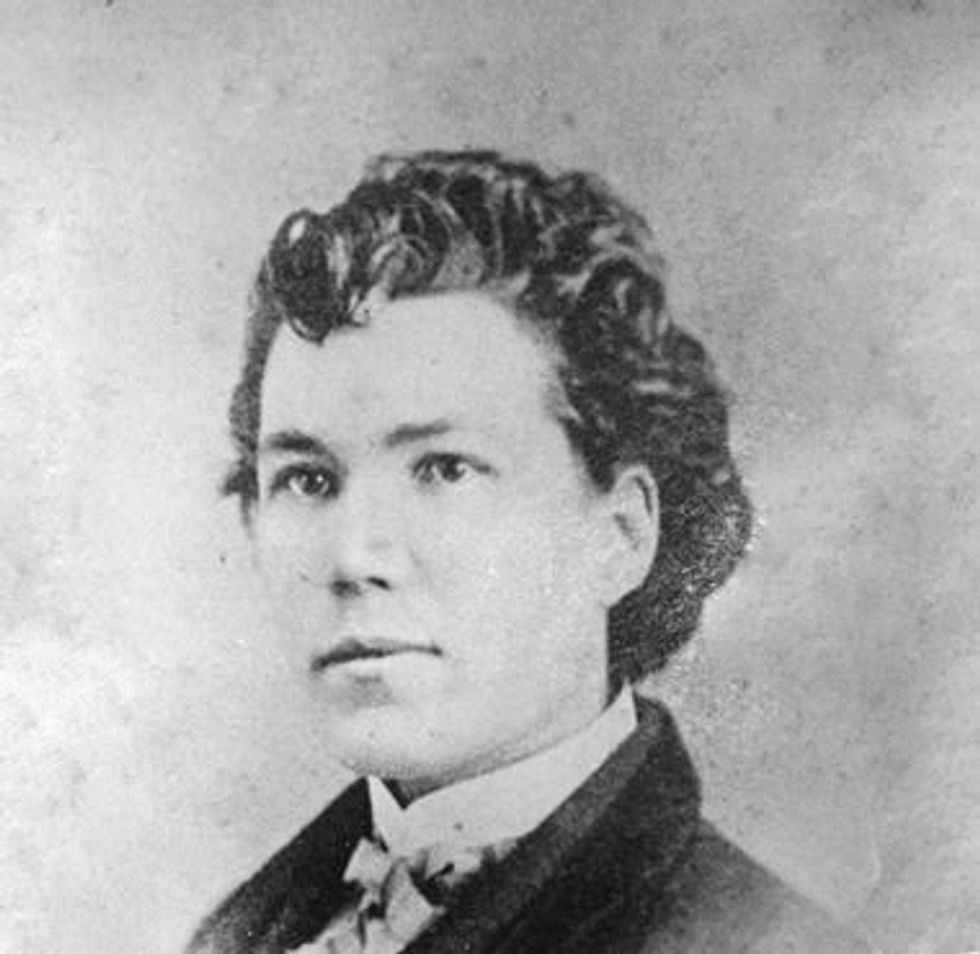
https://www.battlefields.org/learn/biographies/sarah-emma-edmonds
Edmonds escaped a life of abuse in Canada to become a nurse in the Civil War. She was instrumental in the victories of many battles and often disguised herself as a man for espionage. Read her story here.
Belle Boyd
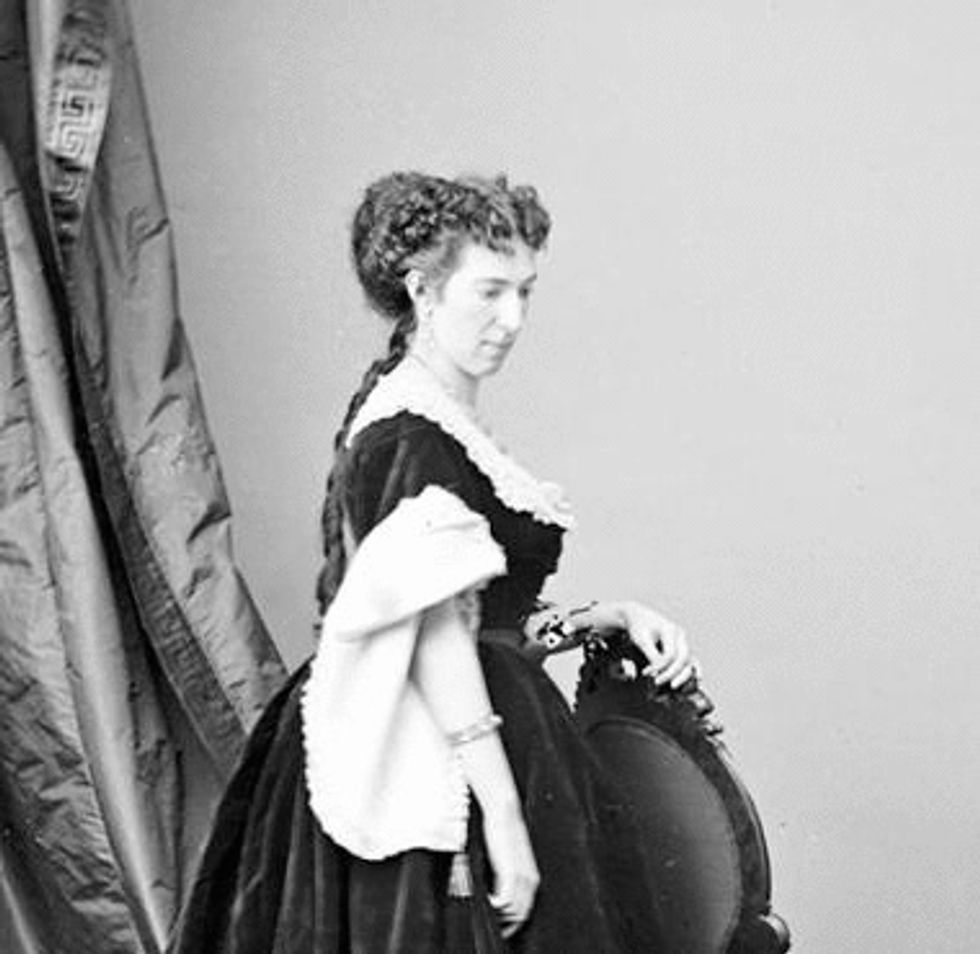
https://www.battlefields.org/learn/biographies/maria-belle-boyd
Boyd was another woman who was influential in the war's efforts, but for the Confederate effort. Her nickname was "Cleopatra of Secession." When a Union soldier invaded her home and assaulted her mother, Boyd shot and killed him. She was acquitted for the crime and then began work as a spy. She operated out of her father's hotel and provided useful information to General Stonewall Jackson, which helped secure many Confederate victories. Read more of her story here.
Christine Granville
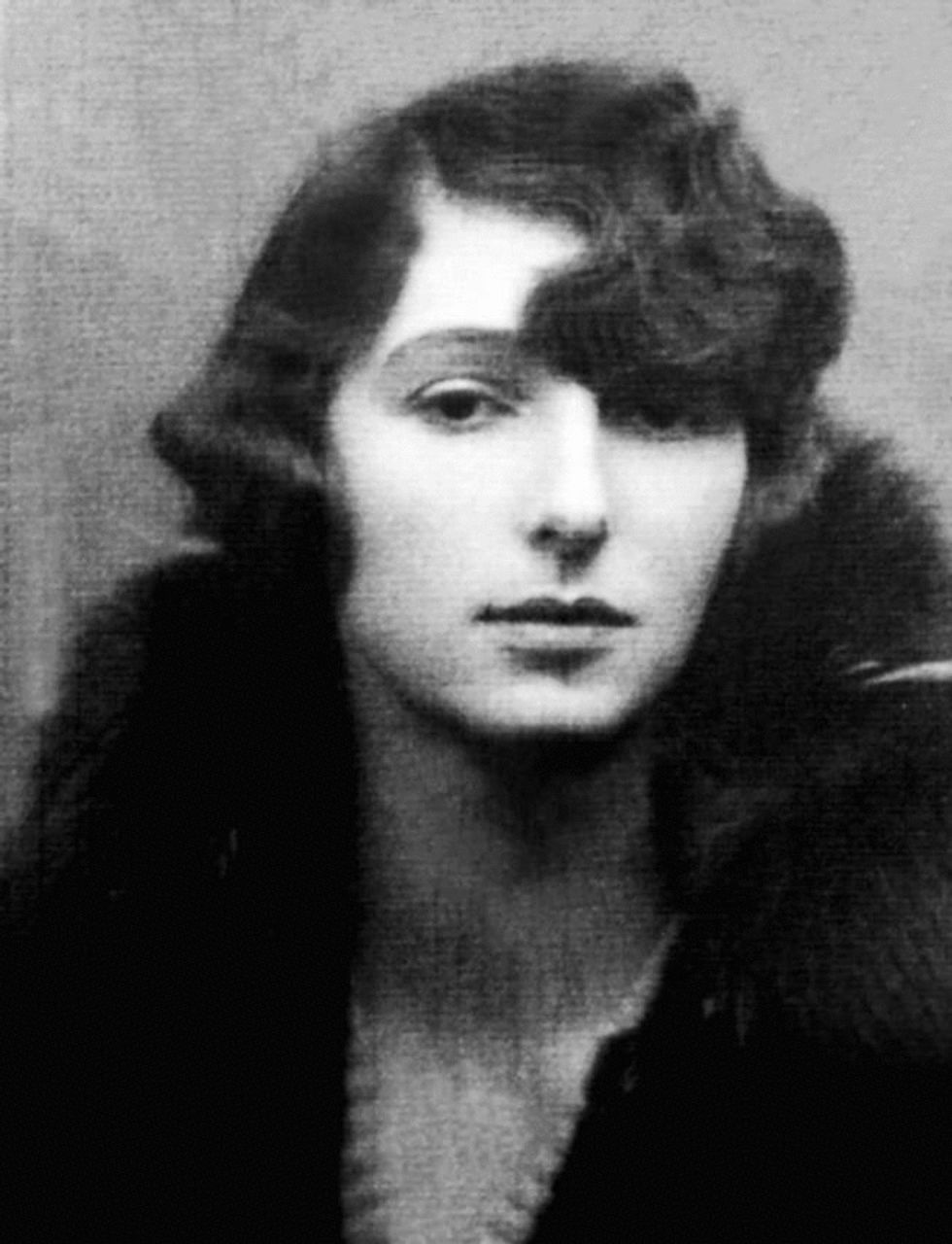
https://voxpopulisphere.com/2018/01/14/christine-skarbek-countess-krystyna-skarbek-resitance-personified/
Christine Granville was Britain's first female special agent of WWII. She was fierce and refused to let anyone or anything slow her down. She convinced her interrogator she had TB by biting down on her tongue and drawing blood. When she was stopped by German soldiers, she raised her arms to reveal two grenades, pin withdrawn, the soldiers fled in fear. Granville became well known and her stories live on. Ian Fleming, creator of James Bond, named the first "Bond girl" Vesper Lynd after Granville. Read more of her story here.
Grace Humiston
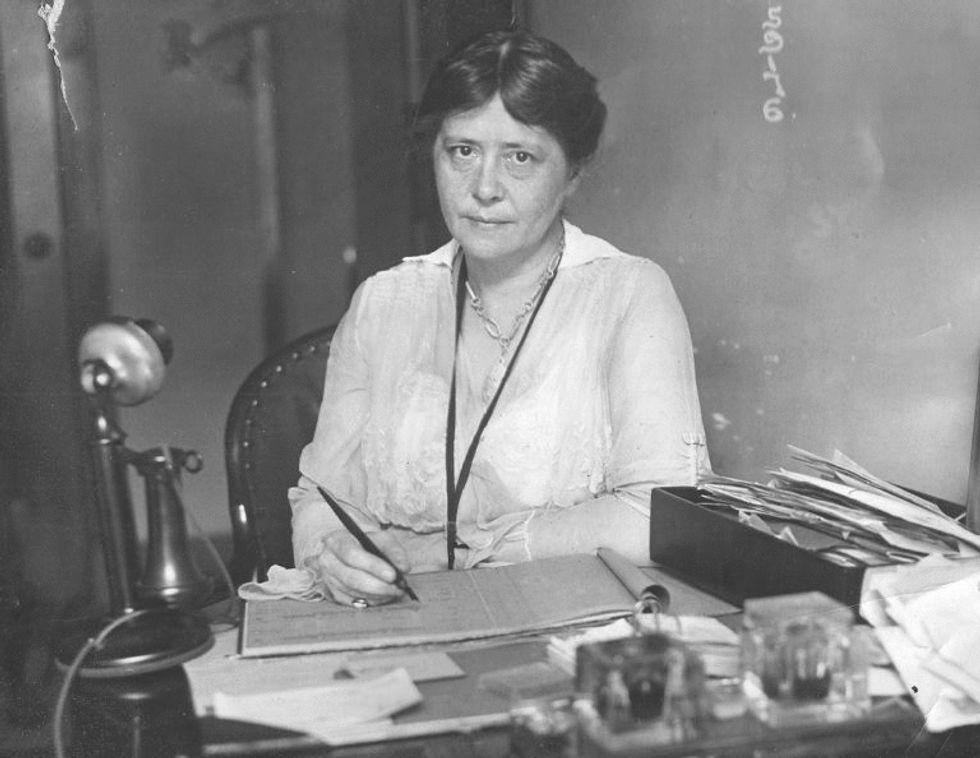
http://www.thehistoryreader.com/modern-history/grace-humiston/
Lawyer, detective, and the first woman U.S. Attorney. Grace Humiston's specialty was finding missing people, she always picked up where the police left off. Read more about how she solved mysteries here.
The women who helped put a man on the moon.
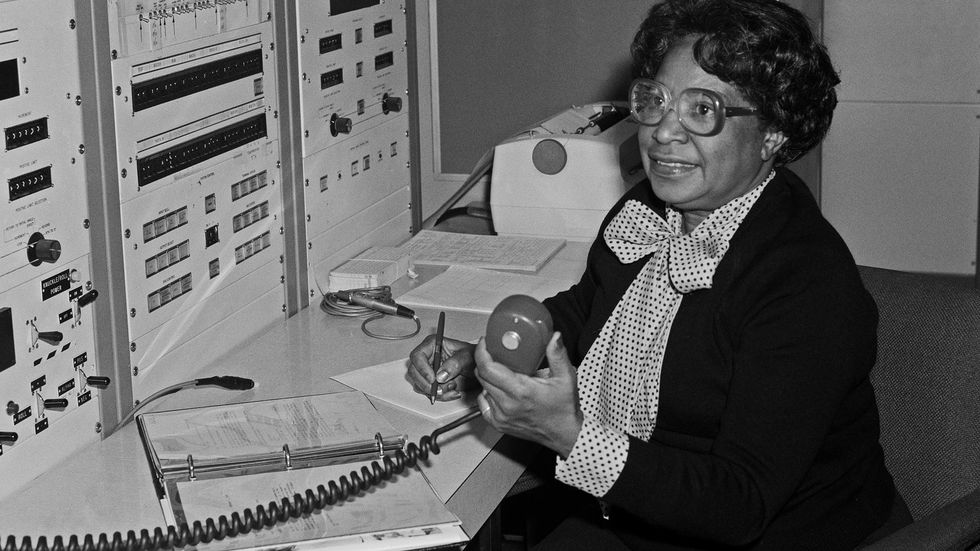
Mary Jackson
https://www.npr.org/2016/12/16/505569187/hidden-figures-no-more-meet-the-black-women-who-helped-send-america-to-space
Katherine Johnson, Dorothy Vaughn, and Mary Jackson were three black mathematicians who were essentially human computers. Their calculations were integral in putting Neil Armstrong on the moon, and ultimately helping America win the space race. Their achievements became well known through the movie 'Hidden Figures.' Read more of their story here.
Ada Lovelace
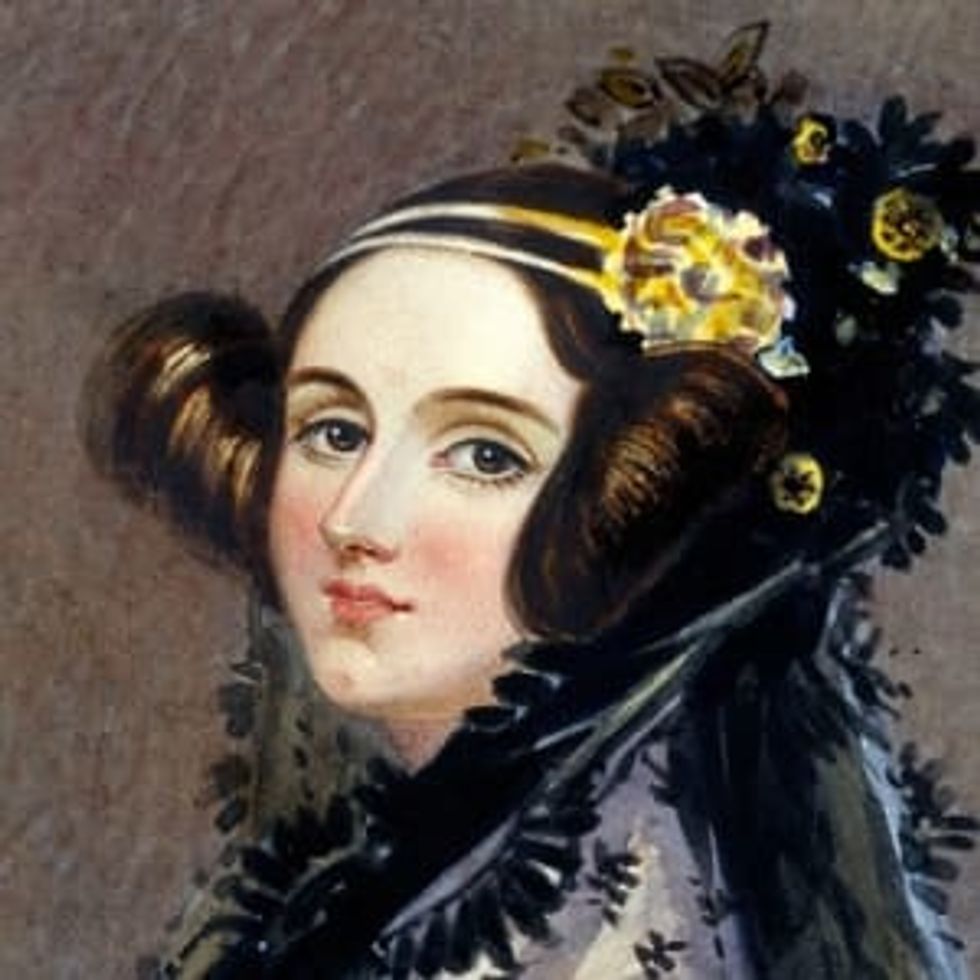
https://www.biography.com/people/ada-lovelace-20825323
The daughter of Lord Byron, Ada Lovelace was a mathematician and computer programmer. She is believed to have written the first instructions for a computer program. When she was asked to translate an article written about the analytical engine, she added in her own notes which turned out to be longer than the article itself. In her notes, Ada described how codes could be created for the device to handle letters as symbols. She also theorized a method for the engine to repeat a series of methods, a process computers use today called looping. Her work was not discovered until the 1950s. In 1980, the U.S. Department of Defense named a computer language "Ada" after her. Read more of her story here.
Hypatia of Alexandria
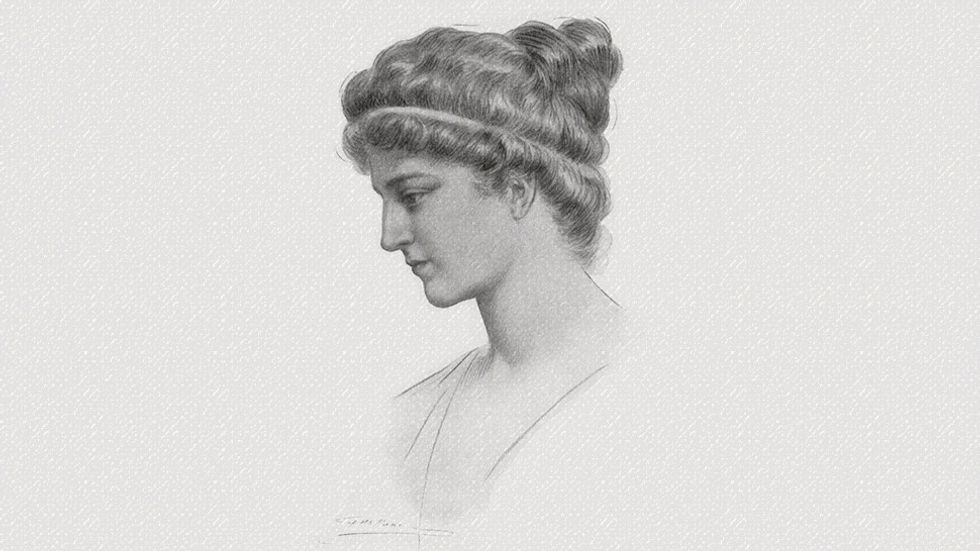
https://amysmartgirls.com/hypatia-of-alexandria-meet-the-first-famous-female-scholar-906cde17cba8
Hypatia was a female philosopher and mathematician who lived in AD. She was an extraordinary woman who led the life of a respected teacher at the University of Alexandria. She died a tragic death when a Christian mob burned her body. Hypatia paved the way for women in education centuries before and was seen as a symbol of the waning classical culture. Read more of her amazing story here.
Madame Zheng
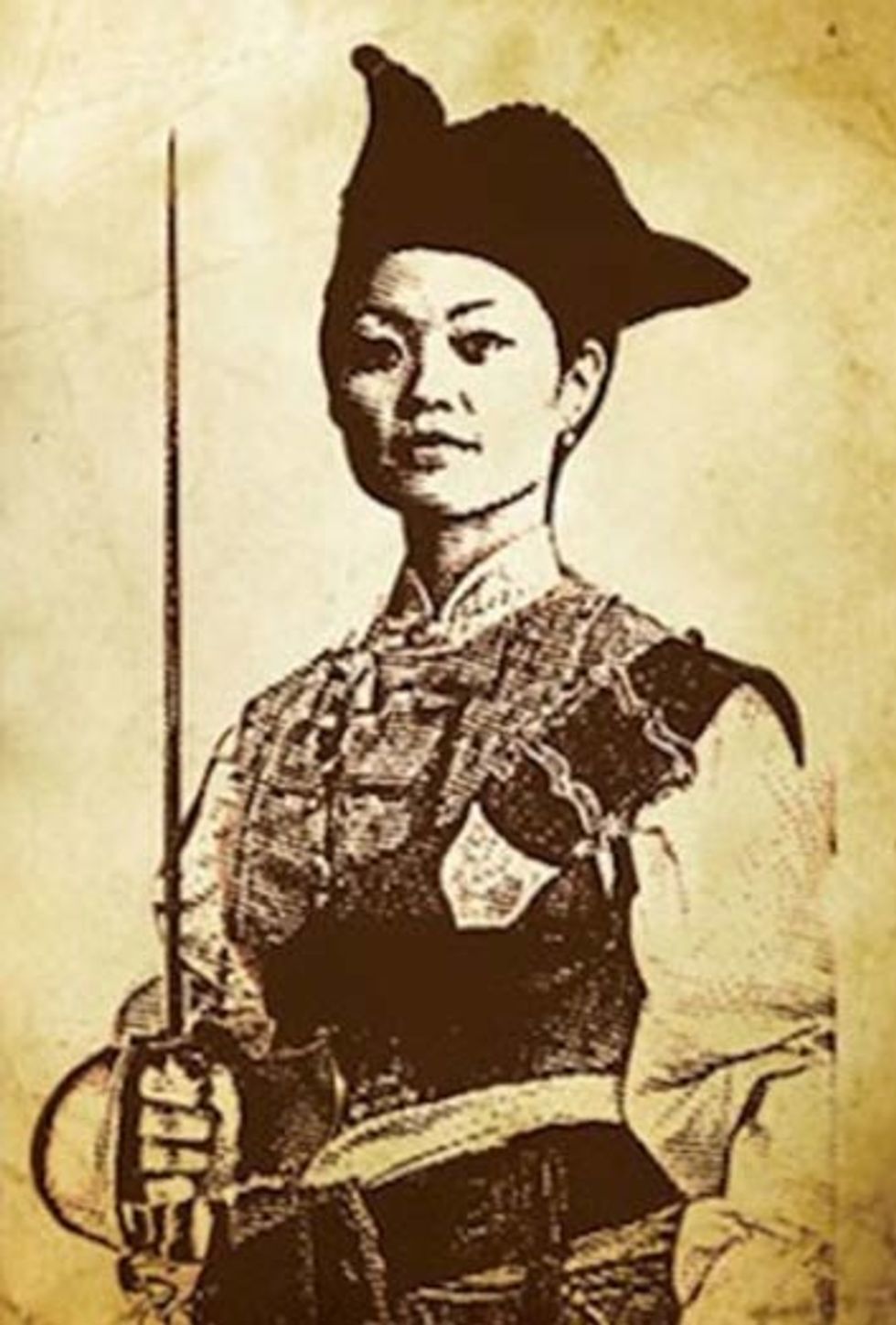
https://www.ancient-origins.net/history-famous-people/ching-shih-prostitute-pirate-lord-002582
The most successful pirate of all time was... a woman. Madame Zheng commanded 1800 vessels, made enemies of several empires, and still lived to old age. She went from prostitute to pirate, operating without the support of any government, her and her husband were indeed pirates to be feared. When her husband died, she took over his post and kept order by ruling with strict military discipline. Watch the rest of her story here.
Catherine the Great
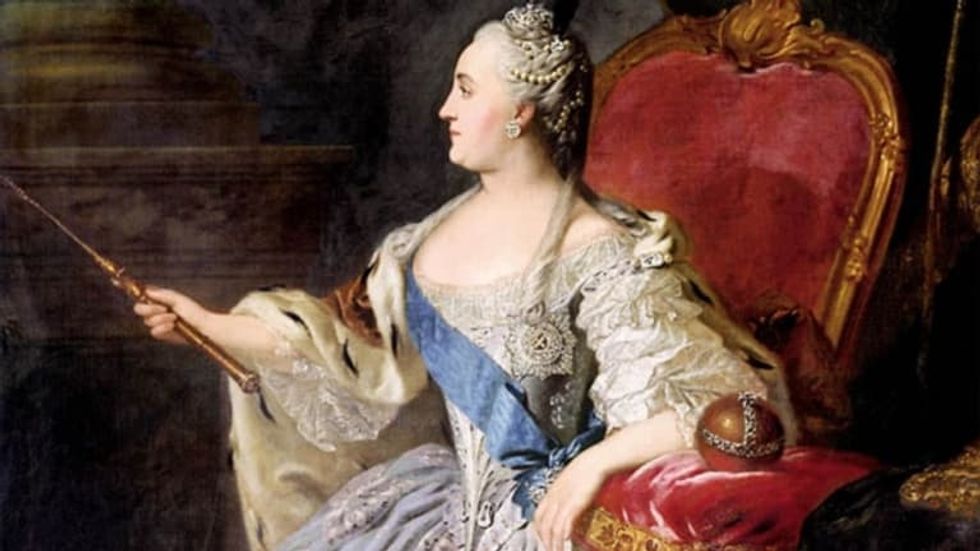
https://www.history.com/news/8-things-you-didnt-know-about-catherine-the-great
Born Sophie of Anhalt-Zerbst, she was Empress of Russia and would become the country's longest female leader. During her reign she extended Russia's borders southward and westward, adding territories which included Crimea, Belarus, and Lithuania. The Russian empire thrived under her reign and her impact is felt even to this day. She was a patron of the arts and amassed quite a collection which now sits in the Hermitage museum.
Mary Seacole
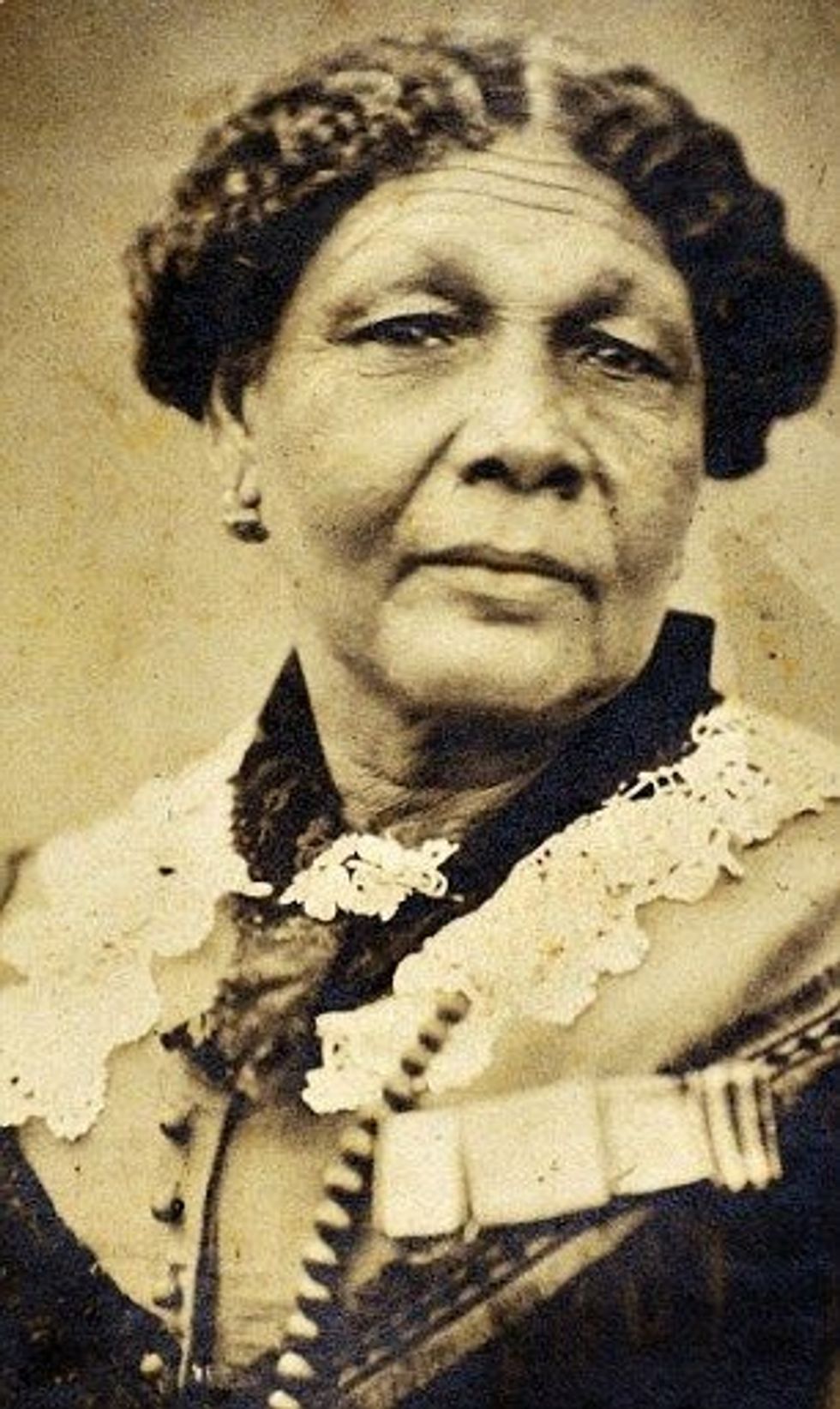
https://www.pinterest.com/pin/64317100903992242/?lp=true
Born in Jamaica, Mary Seacole would become a pioneer nurse and heroine of the Crimean war. She was not only a woman, but of mixed race, and thus overcame a double prejudice. After her husband's death, Seacole traveled to other parts of the Caribbean, such as Cuba, Haiti, and the Bahamas. On these trips she complemented her knowledge of traditional medicine with that of modern, European medicine. She traveled to England in 1854 and approached the War Office, asking to be shipped out to Crimea where she knew she could help with poor medical facility conditions. She was refused. She funded her own trip to Crimea, where she established the British Hotel near Balaclava to provide an additional health facility to wounded soldiers. She also visited the battlefield on numerous occasions, under fire, to provide on-site medical care to wounded soldiers. After returning home ill, she wrote an autobiography, 'The Wonderful Adventures of Mrs. Seacole in Many Lands."
Eleanor of Aquitaine
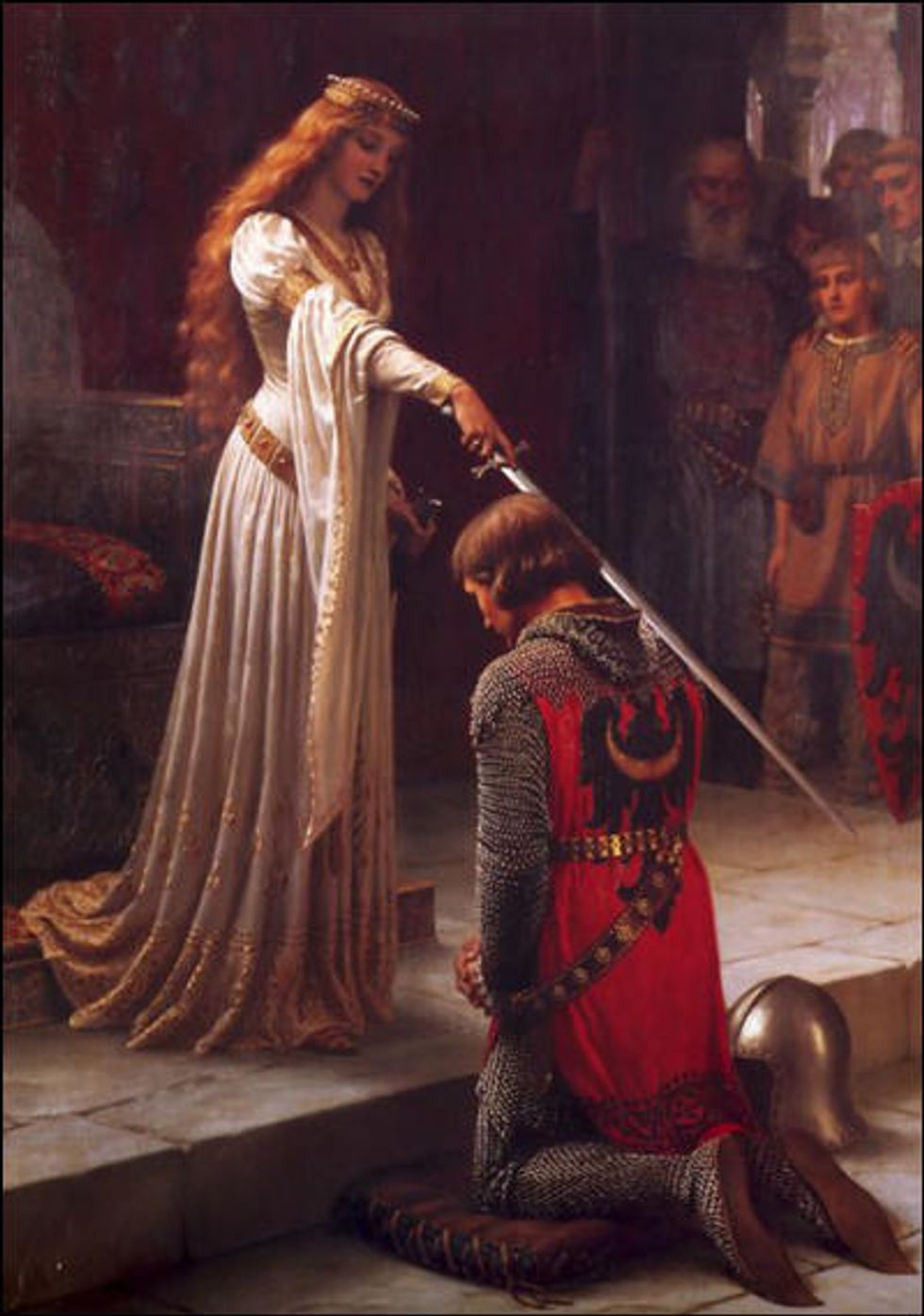
https://spartacus-educational.com/Eleanor_of_Aquitaine.htm
The most influential figure of the Middle Ages, Eleanor of Aquitaine was the most sought after bride in her generation at the age of 15. She inherited the throne to France and within two years of the annulment to her first husband, she remarried and became the queen of England. Then separating from her second husband, Eleanor moved into Poitiers to establish the Court of Love, where she is reputed to have encouraged a culture of chivalry among her courtiers that had a far-reaching influence on literature, poetry, music, and folklore. The court attracted artists and poets and housed many troubadours and writers to promulgate through the arts. Imprisonment would take her away from the Court of Love. Eleanor spent her remaining years in prison, and then reacquiring the role of Queen on many occasions. Read more here.

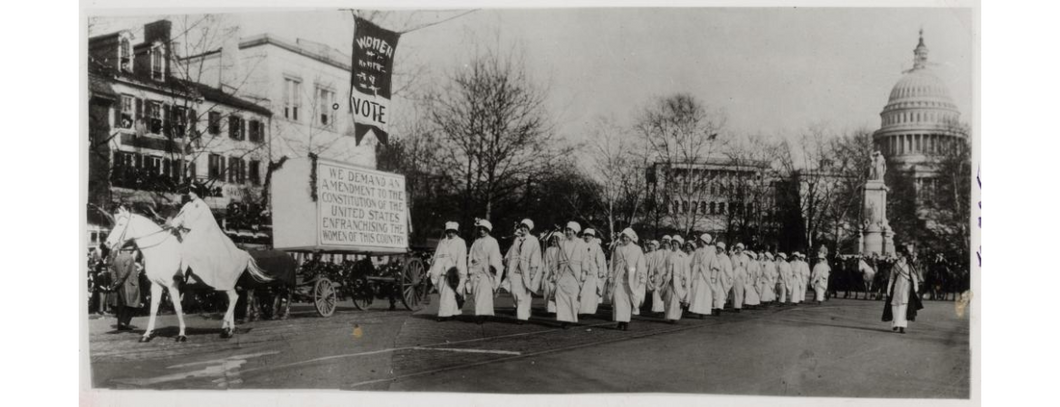




 The minimum wage is not a living wage.
StableDiffusion
The minimum wage is not a living wage.
StableDiffusion
 influential nations
StableDiffusion
influential nations
StableDiffusion












